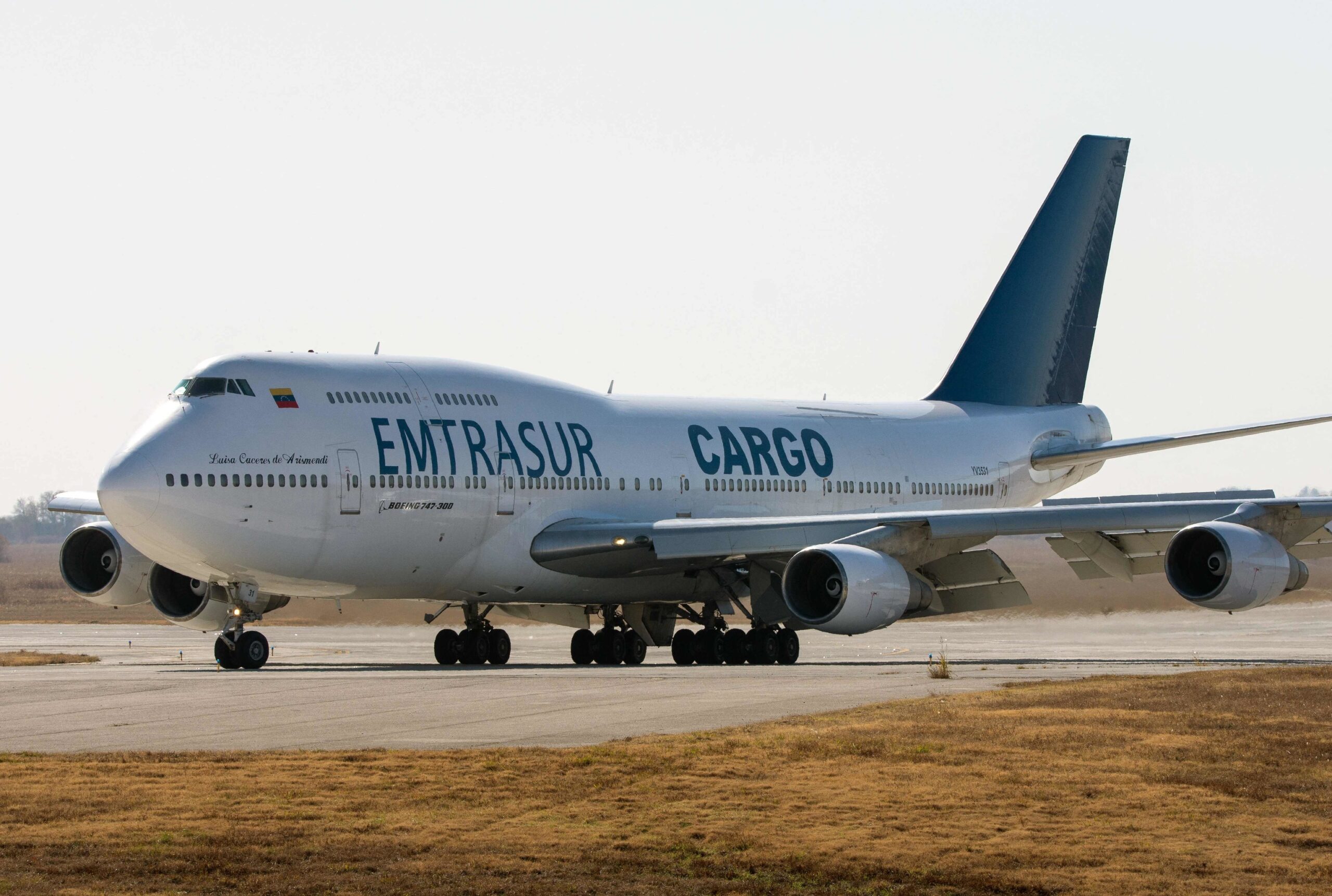In Argentina it is enough to say “Iran” to go on alert. It happens these days with a mysterious Boeing 747 that has arrived in Buenos Aires from Caracas, after a stopover in Ciudad del Este, the Paraguayan city formerly known as Puerto Stroessner. Located on the Triple Frontier, Ciudad del Este is an emblem of smuggling, drug trafficking and crime in South America.
The Boeing is not just any Boeing, it is a machine from the Venezuelan company Emtrasur that, until six months ago, belonged to the Iranian Mahan Air. Its crew members are legally prohibited from leaving Argentina. Uruguay has denied the plane entry into its airspace and no gas station on both banks of the Río de la Plata has allowed it to refuel for fear of US sanctions. The case is disturbing: for everything that is not known and for what any Argentine does know.
Iran is pointed out by the Argentine justice system as the author of the attack that in 1994 killed 85 people at AMIA, the Israeli mutual society in Buenos Aires. A story never resolved and that, over the years, has become more and more complicated. A story that includes the mysterious death in 2015 of prosecutor Alberto Nisman, who was investigating the case and about to explain to Congress his complaint against then-president Cristina Kirchner, whom he pointed out as “covering up” for the perpetrators of the massacre.
The Argentine justice determined that Nisman was a murder, but half of the country believes that he committed suicide. It is like this: everything related to Iran is fodder for conspiracy theories in Argentina. But the case of the plane stranded at the Ezeiza international airport since June 6 is a serious issue, columnist Héctor Gambini in ‘Clarín’ explained on Tuesday: “It’s not the cargo, but its crew. It’s not the plane, but their routes. The Iranian-Venezuelan aircraft triggered all the alarms of the intelligence services, although the Argentine ones had a delay.”
“The Emtrasur ship left Caracas, passed through Paraguay and was diverted to Córdoba due to fog in Ezeiza, where it arrived a few hours later with a load of spare parts for car seats and… 19 crew members. Too many people for a plane of burden”.
The Boeing is stinking. It was transporting auto parts for the Volkswagen Argentina factory, but the company has said it had no connection with that shipment. The reality is different, that of a chain of subcontracting that ends in the ghost plane landing in Buenos Aires. Neither Renault, nor the subcontracted Faurecia, supplier of auto parts, nor the logistics company Fracht contracted the flight: an American company was in charge of that.
The auto parts were delivered, sources from the logistics chain confirmed to EL MUNDO, but the suspicions, logically, do not go that way: before arriving in Buenos Aires, the plane spent two days in Ciudad del Este, where it loaded cigarettes, for value of 800,000 dollars, from the firm Tabacalera del Este, which is owned by former Paraguayan president Horacio Cartes. For almost 48 hours, the plane’s crew walked around Paraguay without any control.
“The unanswered question, then, is what happened during that weekend. Did they just wait and rest in their hotel rooms? Did they walk around the city? Did they meet someone at the Triple Frontier? Did they receive or deliver information or goods?”, Analyst Hugo Alconada Mon told ‘La Nación’.
While the plane arrived in Buenos Aires, Nicolás Maduro was visiting Iran. Federico González, Minister of the Interior of Paraguay, has pointed out that the aircraft is “sanctioned by the United States Department of the Treasury” and that “the crew members are members of the Quds Forces, the revolutionary forces of Iran”, to which Washington has as part of a list of terrorist organizations. Paraguay claimed to have found out about this once the plane had left the country, while Aníbal Fernández, the Argentine security minister, has denied being warned in advance.
Iranians and Venezuelans walked and went shopping in the suburbs of Buenos Aires without any problem in recent days, before the scandal grew and justice intervened. And within the enigma, another enigma: the captain of the aircraft is the Iranian Gholamreza Ghasemi, and the Argentine justice seeks to determine if he is a member of the Iranian Revolutionary Guard or is a homonym. If Ghasemi is Ghasemi, the case will gain volume: Israeli intelligence reports link him to arms trafficking and the war in Syria.
Conforms to The Trust Project criteria
















